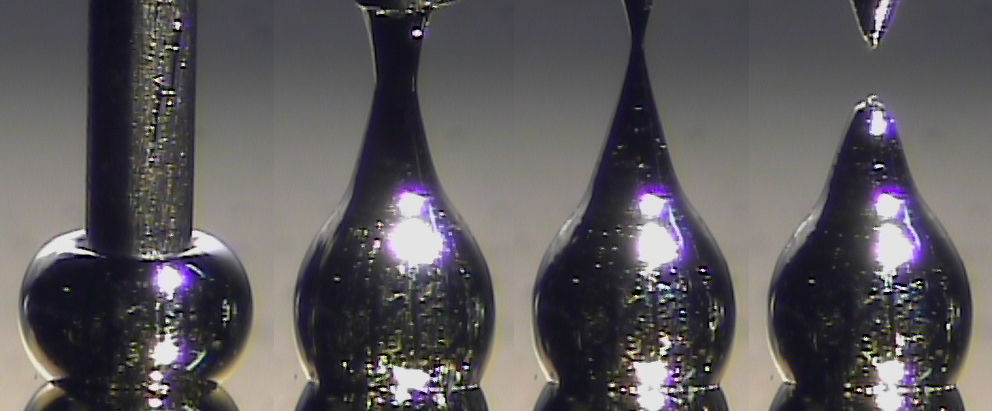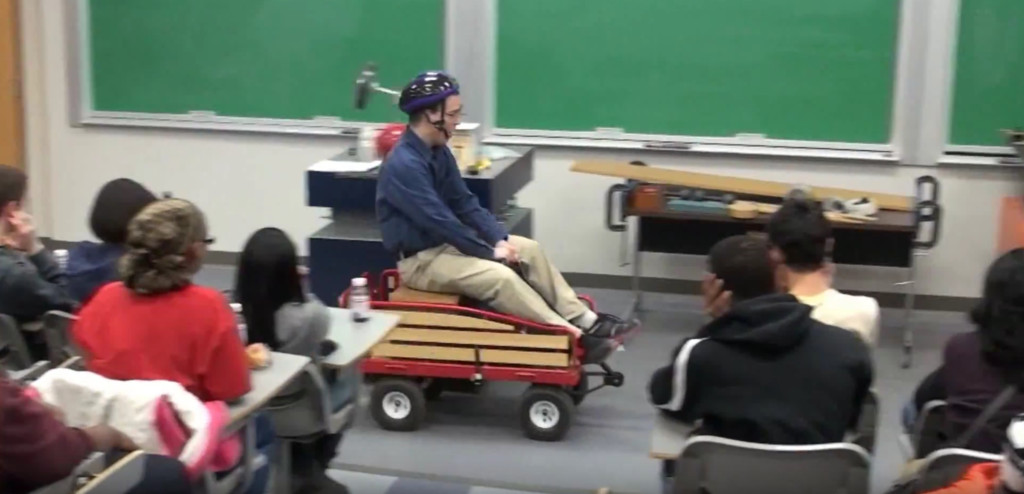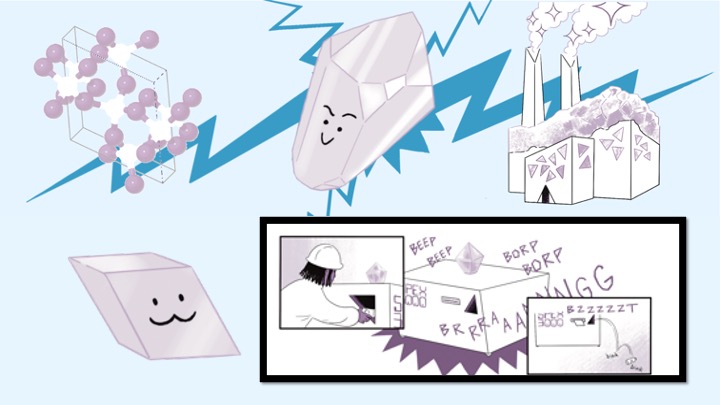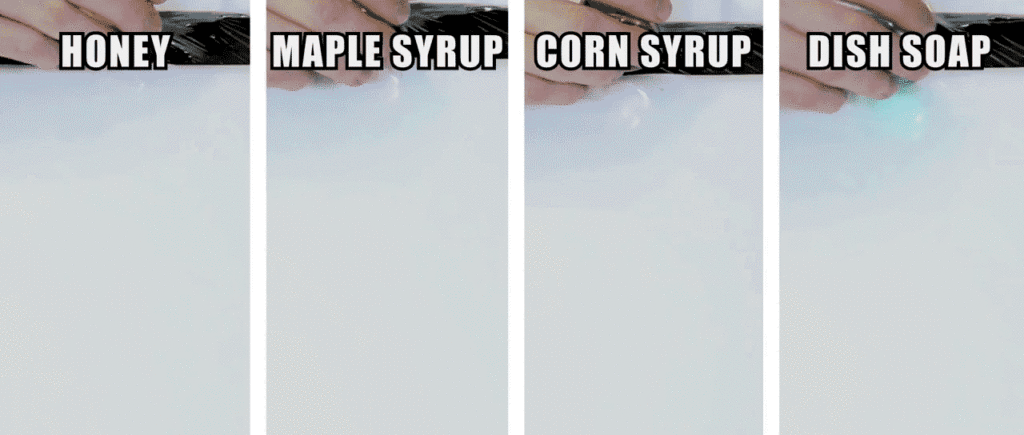ALL POSTS
Real, live scientists sharing cutting-edge research and related classroom activities.
Using Liquid Metals to Draw Functional Circuits
Most electronics are made out of rigid materials like silicon, but it is possible to make wires and other electronics using entirely soft and squishy materials. By utilizing liquid metal nanoparticles, we can even draw wires by hand using light pressure from a magic marker to squish the particles together.


We Blinded Them With Science!
(But Not Literally, Because Everyone Wore Safety Goggles) This video showcases the highlights of Jeremy Levy's physics demonstrations for the Investing Now program at the University of Pittsburgh, through which students explored Newton's laws of motion, optical phenomena, and the delicious effects of liquid nitrogen on cream and sugar.


What is a Crystal, Anyway?
Crystals aren't magic, but they are amazing! In this engaging, comic-driven lesson, students do individual and group-based activities to understand the characteristics of crystals (like quartz) versus amorphous solids (like glass). This lesson is part 1 of a 4-part student-driven, lecture-free series in which students will do card sorts, build hands-on models, solve engineering design puzzles, and more!


What is Surface Tension?
Surface tension is a somewhat peculiar force. Its effects are all around us, from bubbles and droplets to cleaning our dishes. Surface tension is an important force in our daily lives. But what is it really? Since it tends to act at the scale of millimeters or smaller, we don’t always notice it. It’s critical, however, for many creatures smaller than us, from water-walking insects to star-nosed moles that sniff out food underwater. So what is surface tension and where does it come from?


What is Viscosity?
The term may be unfamiliar, but we all have a sense for viscosity. We often think of it colloquially as the “thickness” of a fluid. It’s the property that makes honey pour so differently from water. Fluid dynamicists – scientists and engineers who study how liquids and gases move – tend to think of viscosity in terms of a fluid’s resistance to flowing or changing its shape.


When you’re small, liquids behave like slippery solids
We think we're pretty familiar with how ordinary liquids behave, but it turns out that some of the basic things we know are no longer true when we look at these liquids on short enough length scales and fast enough time scales. The liquids start to behave more like solids, pushing back when you push on them, and slipping across solid surfaces instead of being dragged along. Click to ride the tiny-but-mighty new wave of nanofluidics!


Writing the Magnetic Alphabet
Instead of pencil, paper, and eraser, we can use combinations of lasers and magnetic materials to write, read, and and erase information by varying the temperature and magnetic field. Here we apply our laser "pencil" to magnetic "paper" to write the letter “N” (Go Huskers!!). This technique allows us write, erase, and rewrite tiny magnetic memories like those found in your computer hard drive and other devices. Click to learn how it works!











